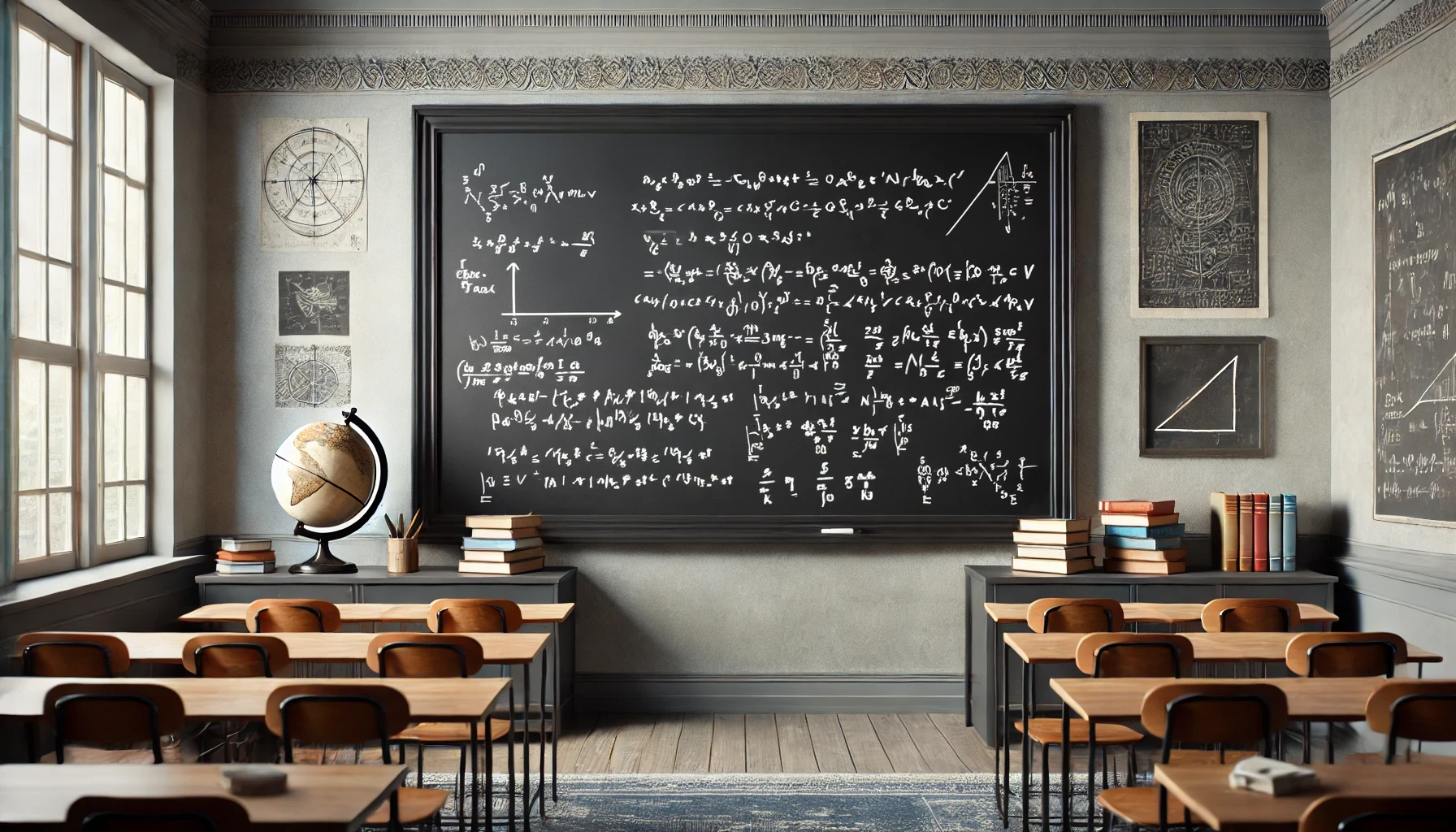Introduction
Astral projection, or astral travel, refers to the phenomenon where an individual’s conscious mind, sometimes called an “astral body,” leaves the physical body and navigates the astral plane. This concept has intrigued mystics, philosophers, and seekers for millennia, blurring the lines between physical reality and the mystical realm. In modern times, this phenomenon intersects intriguingly with the study of dreams, suggesting a deep connection between our dreaming experiences and potential for transcendental experiences. This comprehensive exploration looks at how dreams relate to astral projection and what this tells us about human consciousness.
The Phenomenon of Astral Projection
Astral projection involves a conscious out-of-body experience (OBE) where individuals report detaching from their physical bodies to travel to other realms or locations in the astral plane. These experiences often occur during sleep, meditation, or at times of intense stress. Descriptions of astral travel vary widely but typically involve traversing ethereal landscapes, communicating with other beings, and even flying.
The Mechanics of Astral Projection
Understanding astral projection requires exploring its mechanisms and triggers. Commonly, it occurs during the hypnagogic state—the transitional period between wakefulness and sleep. Neurologically, this state may involve a disassociation of the temporal lobe, leading to sensory detachment from the physical environment. Practitioners often use specific techniques such as visualization, controlled breathing, and deep relaxation to induce this state.
Astral Projection and Dreams
Astral projection shares many features with lucid dreaming, where the dreamer is aware they are dreaming and can exert control over the dream. Both phenomena involve a heightened state of consciousness that defies ordinary physical laws. Dream researchers posit that exploring lucid dreams can provide insights into astral projection, as both experiences involve navigating and manipulating one’s perceptual environment while maintaining a sense of self outside the physical body.
Cultural and Historical Context
Throughout history, various cultures have documented experiences akin to astral projection. Ancient Egyptian texts refer to soul journeys to the stars. In medieval Europe, mystics and seers reported visions of astral travel during trance states. In more recent history, the Theosophical Society and later New Age movements have embraced astral projection, incorporating it into their spiritual practices and worldviews.
Scientific Perspectives on Astral Projection
From a scientific viewpoint, skepticism remains high regarding astral projection. Researchers study it under the umbrella of sleep disorders, altered states of consciousness, and neurological anomalies. Some theories suggest that astral projection might be a form of extended dreaming or an elaborate hallucination triggered by brain activity. However, no conclusive evidence currently supports the physical reality of astral journeys.
Personal Narratives and Anecdotal Evidence
Many individuals who practice astral projection describe transformative experiences that impact their understanding of life and existence. These personal narratives often emphasize a profound sense of interconnectedness with the universe and insights into the nature of life and death. Such accounts provide compelling anecdotal evidence that continues to draw interest and provoke thought among both adherents and skeptics.
Implications for Mental and Spiritual Health
Exploring the implications of astral projection for mental and spiritual health reveals potential therapeutic benefits. Some practitioners report reduced fear of death, increased life satisfaction, and enhanced spiritual well-being. However, without rigorous scientific validation, these benefits remain speculative and subjective.
Conclusion
The intersection of dreams and astral projection offers a fascinating glimpse into the potential expanses of human consciousness. Whether viewed through the lens of spirituality or psychology, these phenomena challenge our understanding of reality and self-awareness. As both scientific and spiritual exploration continue, they promise to further illuminate the mysterious landscape of the human mind and its capabilities beyond the physical realm.






